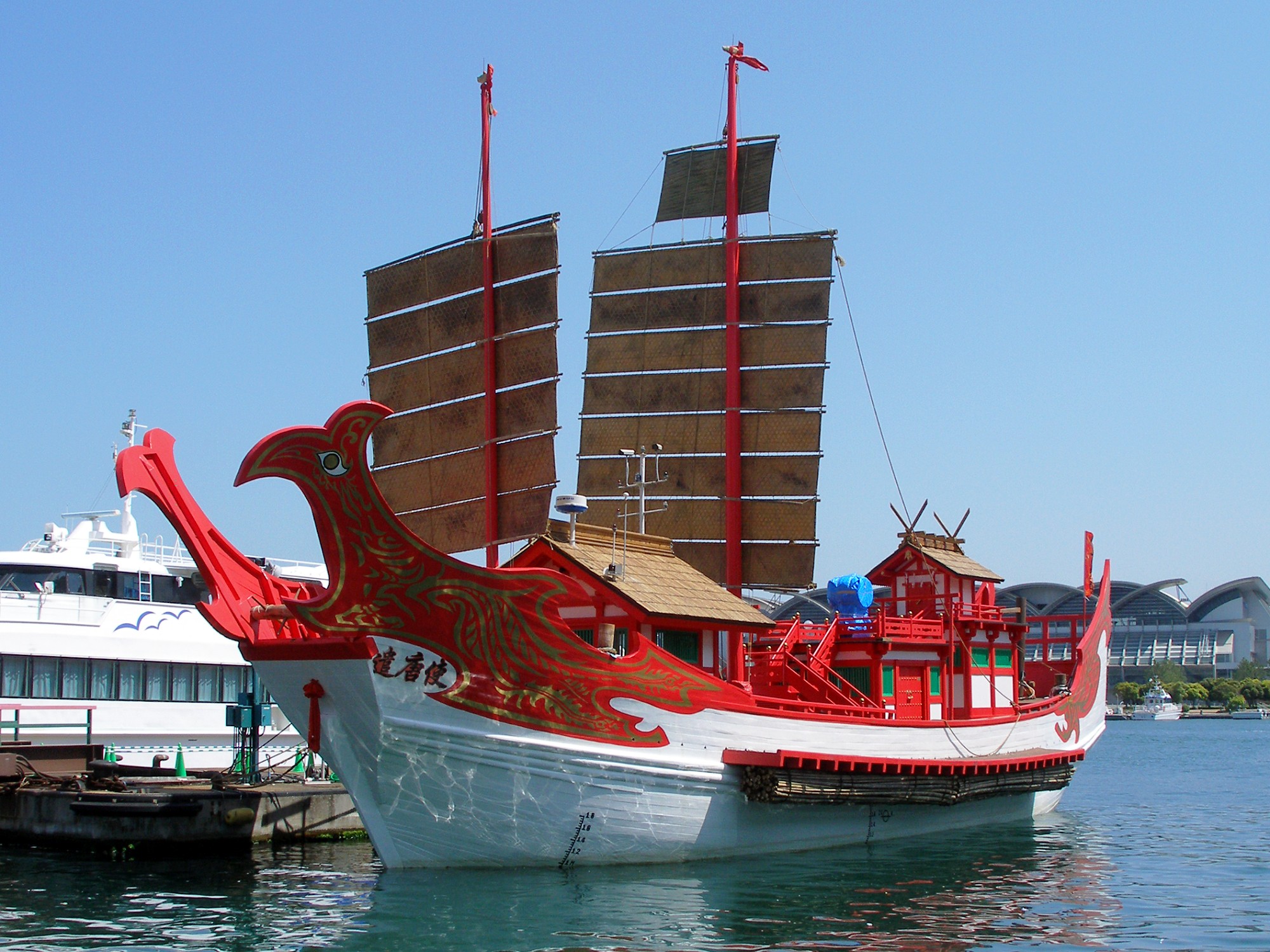659
Appearance
| Millennium: | 1st millennium |
|---|---|
| Centuries: | |
| Decades: | |
| Years: |
| 659 by topic |
|---|
| Leaders |
| Categories |
| Gregorian calendar | 659 DCLIX |
| Ab urbe condita | 1412 |
| Armenian calendar | 108 ԹՎ ՃԸ |
| Assyrian calendar | 5409 |
| Balinese saka calendar | 580–581 |
| Bengali calendar | 66 |
| Berber calendar | 1609 |
| Buddhist calendar | 1203 |
| Burmese calendar | 21 |
| Byzantine calendar | 6167–6168 |
| Chinese calendar | 戊午年 (Earth Horse) 3356 or 3149 — to — 己未年 (Earth Goat) 3357 or 3150 |
| Coptic calendar | 375–376 |
| Discordian calendar | 1825 |
| Ethiopian calendar | 651–652 |
| Hebrew calendar | 4419–4420 |
| Hindu calendars | |
| - Vikram Samvat | 715–716 |
| - Shaka Samvat | 580–581 |
| - Kali Yuga | 3759–3760 |
| Holocene calendar | 10659 |
| Iranian calendar | 37–38 |
| Islamic calendar | 38–39 |
| Japanese calendar | Hakuchi 10 (白雉10年) |
| Javanese calendar | 550–551 |
| Julian calendar | 659 DCLIX |
| Korean calendar | 2992 |
| Minguo calendar | 1253 before ROC 民前1253年 |
| Nanakshahi calendar | −809 |
| Seleucid era | 970/971 AG |
| Thai solar calendar | 1201–1202 |
| Tibetan calendar | 阳土马年 (male Earth-Horse) 785 or 404 or −368 — to — 阴土羊年 (female Earth-Goat) 786 or 405 or −367 |

Year 659 (DCLIX) was a common year starting on Tuesday (link will display the full calendar) of the Julian calendar. The denomination 659 for this year has been used since the early medieval period, when the Anno Domini calendar era became the prevalent method in Europe for naming years.
Events
By place
Byzantine Empire
- Arab–Byzantine War: Emperor Constans II signs a peace treaty with the Rashidun Caliphate. He uses the pause to strengthen his defences, and consolidates Byzantine control over Armenia. Constans establishes the themata, dividing territorial command in Anatolia.
- Constans II elevates his son Heraclius to the rank of co-emperor (Augustus), alongside his brother Tiberius.[1]
Asia
- A Japanese embassy is sent to the Chinese Empire, and received in an audience by Emperor Gao Zong. The Tang Dynasty is determined in the next year to take administrative measures in regard to Japan. The envoys are detained.
Middle East
- The Battle of Nahrawan takes place between Imam Ali ibn Abi Talib and the Khawarij in Nahrawan, Iraq.
By topic
Religion
- March 17 – Gertrude of Nivelles, daughter of Pepin of Landen (mayor of the palace of Austrasia), requests on her deathbed a burial wearing a plain linen shroud. This is the traditional (pagan) practice of a 'furnished' grave.
- Leodegar, an opponent of Ebroin (mayor of the palace), is appointed bishop of Autun in Burgundy.
Births
- Ali ibn Husayn Zayn, great-grandson of Muhammad and Shia Imam
- Cædwalla, king of Wessex (approximate date)
- Fujiwara no Fuhito, Japanese statesman (d. 720)
- He Zhizhang, Chinese poet (approximate date)
Deaths
- March 17 – Gertrude of Nivelles, Frankish abbess (b. c.628)
- Bavo of Ghent, Frankish nobleman and saint (b. 622)
- Han Yuan, chancellor of the Tang dynasty (b. 606)
- Ishoyahb III, patriarch of the Church of the East
- Liu Shi, chancellor of the Tang dynasty
- Zhangsun Wuji, chancellor of the Tang dynasty
References
- ^ Winkelmann & Lilie, pp. 125–127
